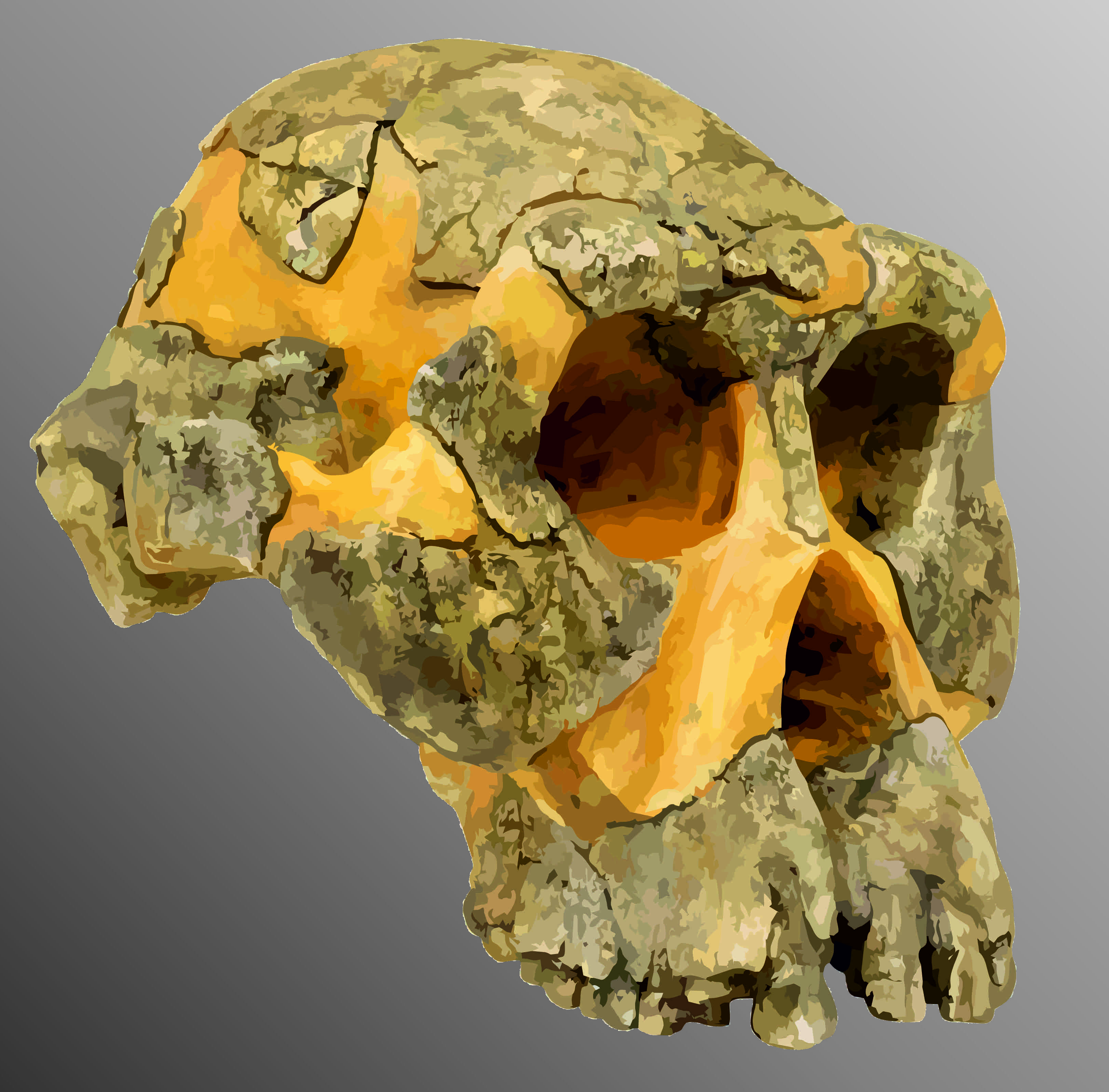Time Periods
Paleolithic
Mesolithic
Neolithic
Chalcolithic
Bronze Age
Iron Age
Classical Period
Post-Classical Period
Early Modern Period
Industrial Period
Contemporary Period
Time Periods
Paleolithic
Mesolithic
Neolithic
Chalcolithic
Bronze Age
Iron Age
Classical Period
Post-Classical Period
Early Modern Period
Industrial Period
Contemporary Period
About
The Hadar site, located in the Afar Region of Ethiopia, is a significant paleontological area known for its rich collection of hominin fossils. Situated within the Great Rift Valley, it is famed for yielding the notable Australopithecus afarensis fossil 'Lucy,' which dates back between 3.42 and 2.90 million years ago. The geology of the site includes mudstones, siltstones, sandstones, and volcanic tuffs, which have preserved a range of fossils from the late Pliocene to early Pleistocene epochs. The site's archaeological significance lies in its contribution to understanding early hominin evolution and the environmental conditions they lived in. The fossil record from Hadar provides insights into the anatomy and bipedalism of early human ancestors, with the discovery of 'Lucy' marking one of the most crucial findings in the study of human origins.
Gallery
Explore photographs of ancient structures, artifacts, and archaeological excavations at Hadar, Ethiopia



Archaeological Features
Explore the unique architectural and cultural elements found at this historical site
Environmental and Natural Features
Historical Timeline
Journey through time and discover key events in this site's archaeological history
Plan Your Visit
Details
- Country
- Ethiopia
- Source
- Wikipedia